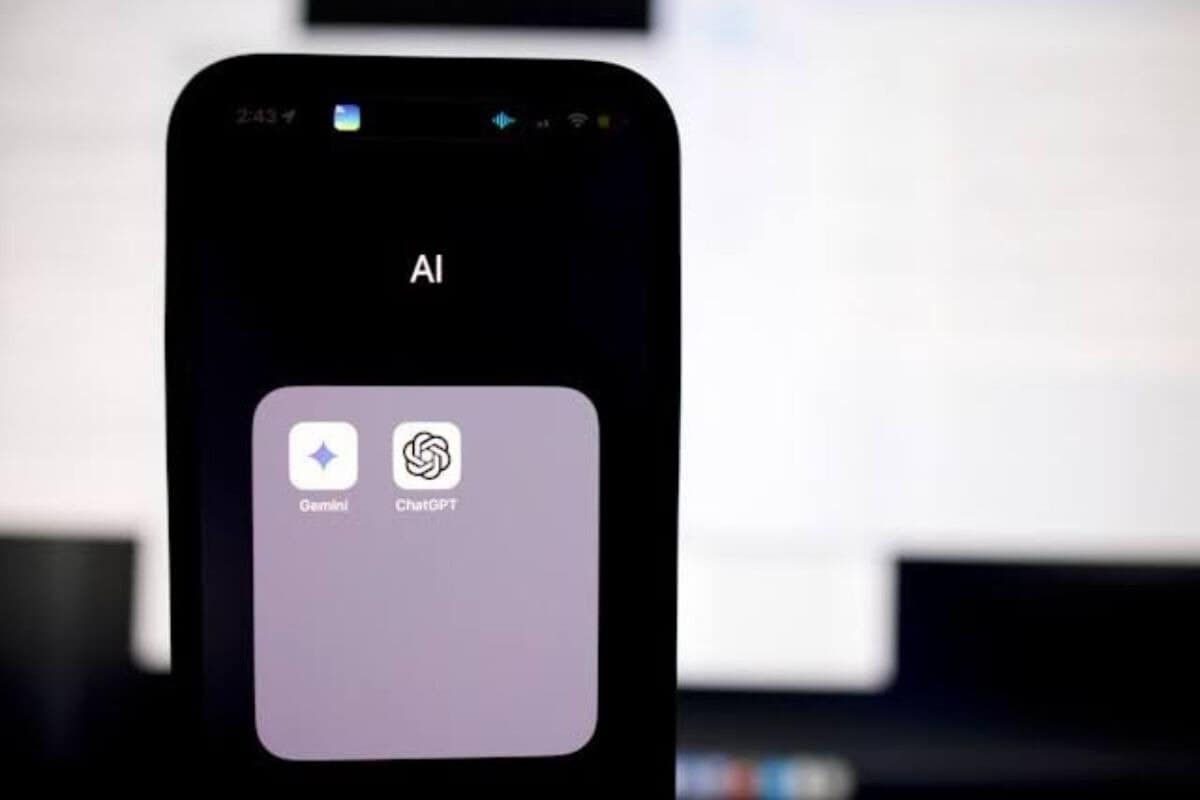Our world moves ultra-fast, and AI tools are here to help us catch up.
From drafting essays to creating presentations, these tools get the job done more efficiently.
So, everyone benefits from AI tools. Whether you’re a student, a working professional, or just someone who’s looking to streamline your daily tasks.
Now, we all know how popular ChatGPT is.
Developed by OpenAI, it’s a powerful language model that can generate text based on the prompts we give it, and as humanly as possible.
The versatility and ease of use that ChatGPT offers have made it everyone’s favorite.
But have you heard of Google Bard?
This seemingly unassuming AI tool is already on the rise, and for good reason.
Google Bard boasts an impressive 90% accuracy rate, outperforming real human experts in massive multitask language understanding across 57 subjects. It’s the first AI model to do that.
Bard shows a lot of promise despite being new. So, is Google Bard better than ChatGPT?
Here’s our guide to answering that.
Get to the core of the Google Bard vs ChatGPT comparison so you can decide which is right for you.
What Is Bard?
Bard is Google’s AI chatbot. It was launched in March 2023 and was developed to perform functions similar to ChatGPT.
Think of Bard as your close friend, but way smarter.
It is like your friend who is always connected to the internet and ready to answer all your questions at the click of a button.
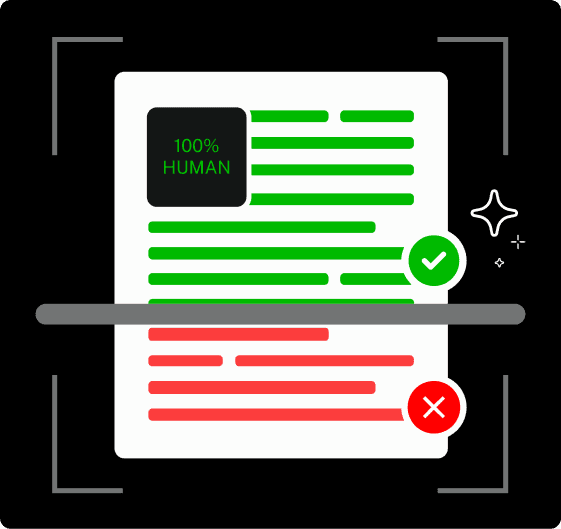
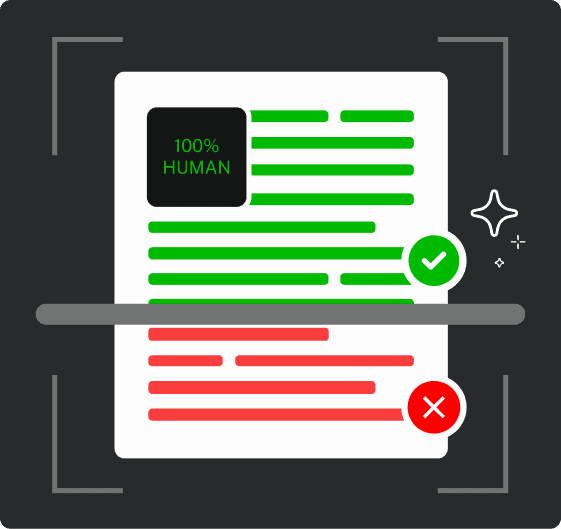
Never Worry About AI Detecting Your Texts Again. Undetectable AI Can Help You:
- Make your AI assisted writing appear human-like.
- Bypass all major AI detection tools with just one click.
- Use AI safely and confidently in school and work.
When Bard was first introduced, it used a lightweight model of LaMDA.
LaMDA required less computing power, and it was built on Transformer, a network that Google invented and open-sourced in 2017.
With the chatbot operating on LaMDA, many users were unsatisfied with the bot’s performance. So Google decided to upgrade to PaLM 2.
This increased the efficiency of Bard and it performed at a better level than LaMDA.
Eventually, PaLM 2 was upgraded to Gemini, the most advanced Google LLM till date.
This upgrade inspired the name change in February 2024.
Bard became Gemini. According to Sundar Pichai, this change was “To reflect the advanced tech at its core, Bard will now simply be called Gemini.”
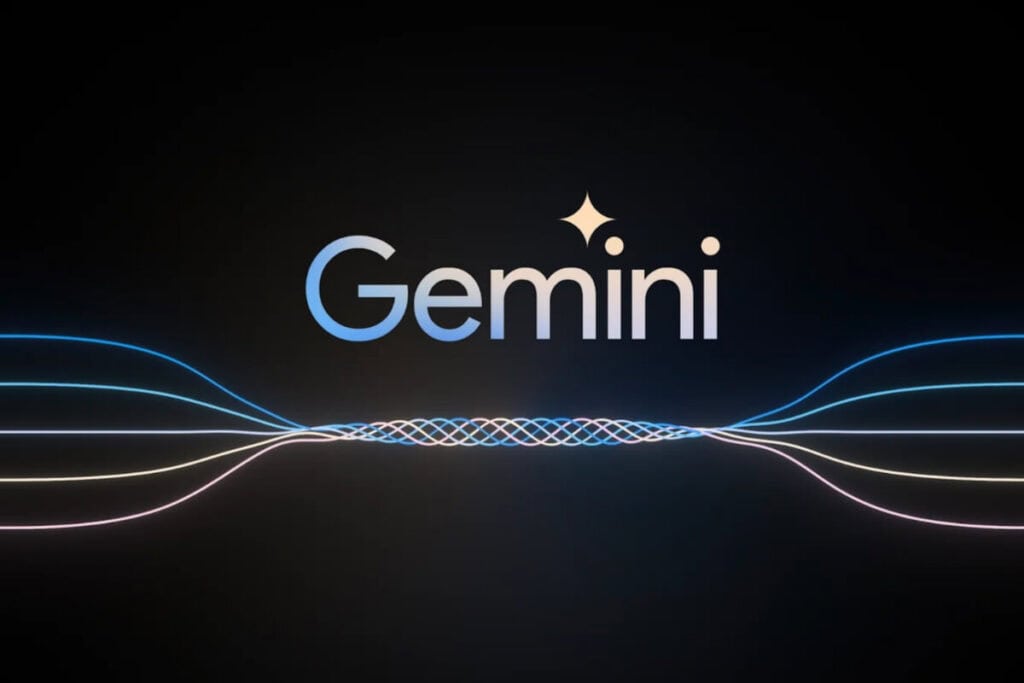
Since its launch in 2023, Google Bard, now known as Gemini, has undergone major updates.
Including integration into major Google services such as Docs, Gmail, and search.
The good thing about this integration is that you can search the internet in real-time, that is, you can get up-to-date information about anything without having to go to Google search directly.
What Is ChatGPT?
Like Bard, ChatGPT is an AI Chatbot, but it was developed by OpenAI. It was released in November 2022.
The release of ChatGPT in 2022 was well accepted, and in its first year, it had already been used to write essays and articles, summarize long texts, and even create bedtime stories.
You could call ChatGPT the pioneer of AI Chatbots because, after its release, many other chatbots came along to attempt to recreate the functions of the OpenAI invention.
The “GPT” in ChatGPT means generative pre-training transformer. This refers to the way the Chatbot processes language.
It was also trained using Reinforcement Learning from Human Feedback (RLHF).
RLHF made use of AI trainers and rewards systems to make ChatGPT capable of challenging incorrect statements, answering follow-up questions, and even admitting mistakes.
So you can say the chatbot was designed to recreate human interaction and brainstorm like a pro.
When it was first developed, the tool used the GPT-3 model. However, as of today, it has been upgraded to the most advanced GPT model.
The GPT-4 is more versatile, making the Chatbot one of the best in AI.
The efficiency of the GPT-4 model has led many users to raise the Bard vs ChatGPT 4 argument.
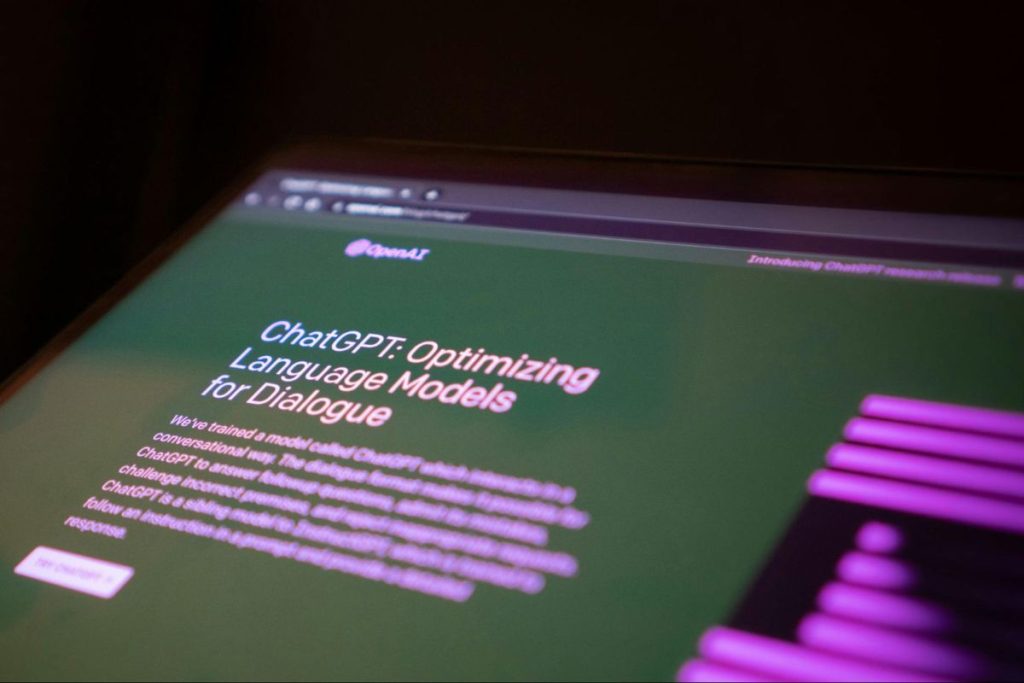
What Are The Differences Between Bard and ChatGPT?
Both ChatGPT and Google Bard operate with the same functionalities, but they possess distinct features.
These differences might be small, but they are worth considering.
Now, let’s break down the ChatGPT vs Bard differences:
Feature Comparison Table
| Features | ChatGPT | Bard |
| Internet access | Yes | Yes |
| Google App integration | Not integrated | Very integrated |
| Writing and creativity | Excellent | Basic |
| Code and Dev. Support | Advanced support | Gradually improving |
| User customization | Strong. It saves interaction for future use | Very limited |
| Images | Yes, but more functional in the Pro version | Yes |
| Speed | Super fast, especially on GPT-4 turbo | Fast |
| Real-time Web access | Available in Plus | Built-in by default |
| Knowledge cut off | Present in the free version | Absent. The knowledge database is regularly updated |
| Voice interaction | Less developed | Available with Google Assistant integration |
Technical Differences
Google Bard is trained on Infiniset, Google’s proprietary dataset.
This includes lots of different sources like the Common Crawl dataset, Wikipedia, scientific papers, mathematical equations, and other human and programming languages.
Bard also relies on PaLM 2, a model trained on data specifically chosen to enhance its dialogue and coding abilities.
However, as of 2025, it has been upgraded to the Google Gemini model. So Bard is now operating in the Gemini 1.5 series.
This series handles the tool’s complex reasoning. It is also securely connected to Google Search.
One of Bard’s standout features is its real-time internet access.
It ensures that you have direct access to real-time information at all times.
In contrast, ChatGPT is trained using Reinforcement Learning from Human Feedback (RLHF). It relies on publicly available information from the internet.
It also learns from the Common Crawl dataset, Wikipedia, licensed third-party information, and other human-provided data.
The free version of ChatGPT still uses GPT-3.5, though, based on a dataset that hasn’t been updated since 2021. This means that it doesn’t have access to anything that happened after that.
Paid subscribers can access GPT-4, which is larger and more recent. However, this model still lacks real-time updates.
OpenAI doesn’t reveal much about how it trained ChatGPT with licensed data and human input.
So you can conclude that Bard is better for real-time updates, while ChatGPT is good for deep conversation and content creation.
Another technical difference between Bard and ChatGPT is, ChatGPT remembers your preferences and previous conversations.
However, Bard doesn’t have that same memory.
It can only remember conversations in a single session.
Performance and Accuracy
In the ChatGPT vs Google Bard conversation, it is important to consider the performance and accuracy of both tools.
When placed side by side, which tools would rank higher?
Well, from research we can conclude that Bard performs better.
This is mainly due to the real time updates the tool gives.
Bard’s access to Google Search ensures that users are provided with relevant and up-to-date information always.
It is helpful when you need to know more about a particular topic.
ChatGPT, on the other hand, is limited by its static dataset.
This means it can’t provide current responses to recent events unless users utilize plugins, and even with plugins, ChatGPT functionality can be quite limited.
ChatGPT is not as inefficient as you might think. It works better than Bard when it comes to creative writing, coding, and complex reasoning tasks.
It can also have a conversation with you, unlike Bard.
That said, whatever is stored in ChatGPT’s larger LLM lets it give much more detailed information across a greater scope of topics.
So if you’re locked into a topic that you know ChatGPT covers, you can rely on it to provide reliable and detailed information.
It can help you when you need to create content around a particular topic.
Both Bard and ChatGPT generally rely on data scraped from articles, books, and web pages.
So their responses are based on already existing online information. Their response times are lightning-fast, too.
To be honest, both systems have their moments of brilliance and vice versa.
But Bard’s real-time internet access gives it the upper hand, especially when it comes to providing the latest information.
User Interaction
Both Bard and ChatGPT allow you to chat through text and verbally interact with them. Chat is as straightforward as it gets.
You type in your prompts, and they both respond within seconds.
However, there are some key differences in how this interaction takes place when it comes to speech.
With voice interaction, Google Bard interaction is more like voice-to-text.
You speak to it, click send, Bard transcribes it, responds with text, and you can click play to listen to its responses.
Bard’s integration with Google Assistant gives it a slight edge in natural voice conversations.
On the other hand, ChatGPT allows you to have much more fluid verbal communication.
It enables you to talk back and forth without manually sending or playing responses.
It feels more like having a conversation with a friend. It also remembers your chats and adapts to your tone, making it easier to customize your interaction.
While you can use Bard and ChatGPT interchangeably, they’re good at different things.
Bard is particularly skilled at answering user queries and providing definitive responses.
It can pull real-time information and cite sources, which is handy for up-to-date answers. It is also more formal. You cannot expect flexibility in tone as you would with ChatGPT.
ChatGPT, however, shines more when it comes to generating long-form content, such as articles and detailed explanations.
It tends to provide more complex and thorough responses to user prompts.
Though Bard offers more user features for free, your choice will depend on your specific needs.
When real-time information and source citation are crucial, Bard might be the better option. But for more detailed content generation, ChatGPT is likely to serve you well.
Just keep in mind that both OpenAI and Google have set guidelines for what their chatbots can answer to ensure safety and compliance, so you might not be getting the answers you need to specific topics.
User Experience
Both platforms feature easy-to-use interfaces. Bard has Google’s clean and minimalistic design.
It has a more search-like interface, while ChatGPT has a chat-like interface. It is designed in a way that ensures that the AI remembers previous exchanges in order to build context.
Bard’s ability to provide sources sets it apart. Bard can refer you to the sources it used to create its response.
ChatGPT, in contrast, can’t offer this fact-checking feature.
Both AI tools also allow you to copy responses very easily.
But Bard offers seamless integration with the rest of your Google account, which means that you can export responses directly into a Google Doc or email draft.
Before you can integrate ChatGPT with other apps, you will require plugins and a Pro account.
Google Bard has the added feature to show you related images from Google Search for free, which sets it apart from ChatGPT.
Clicking on an image will then open the web page with the image source in a new browser tab. It’s important to note that things could still change.
Both Bard and ChatGPT run on cutting-edge tech, and Google and OpenAI update their AI constantly.
So the features are guaranteed to improve regularly. As at April 2025, you can now analyse images with ChatGPT.
ChatGPT can now read text from screenshots, solve handwritten math problems, analyze charts, and even describe images.
Which is Better: Bard or ChatGPT?
AI is improving the way we work, learn, and manage tasks. From content creation to personal assistance, tools like Bard and ChatGPT are becoming essential.
You can even earn money when you know how to use AI the right way.
Choosing between them isn’t necessarily about finding the better one. It’s more like understanding which one fits your needs best.
Each has its unique strengths that can give you that extra boost in productivity.
For Education and Learning
Both Bard and ChatGPT are solid sources of information. Bard, powered by Google, provides up-to-date info thanks to its real-time internet access.
This makes it great for current events, recent studies, and the latest data. Students and teachers can use Bard to get accurate, timely information quickly.
ChatGPT, while not as current, still has a vast and comprehensive knowledge base that shouldn’t be overlooked.
Though its free version is limited to information up to 2021, it offers detailed explanations, historical data, and conceptual understanding.
In schools, ChatGPT can help explain complex topics and generate creative ideas for projects.
Both AI tools definitely enhance the learning experience.
Bard’s real-time updates keep you informed, while ChatGPT’s detailed responses provide a deeper understanding.
You might want to declare ChatGPT the winner of this round, but in sincerity, both tools have their strengths, so it would be unfair to crown a winner.
It just depends on what you need each tool for.
For Content Creation
In content creation, we’re circling back again to Bard’s real-time data that can ensure that your content is current and relevant.
This is especially useful for content that relies on trending topics, social media posts, and news updates.
Bard’s ability to cite sources also helps maintain content integrity. It is good for contents that need to be up-to-date or research-intensive.
ChatGPT excels at generating detailed and creative content.
Its advanced language model can help craft comprehensive articles, stories, and reports. It also assists with brainstorming ideas and structuring content.
So content creators would find it more useful for creative writing, blog posts and copywriting.
However, using AI for content creation still comes with the risk of AI plagiarism.
This can happen if the AI tool uses existing information without citing where it came from, tools like Undetectable AI can make sure AI-generated content, regardless of the AI chatbot you use, stays authentic.
Our AI Humanizer makes AI content more natural, aligning it with your writing style.

You can also use our Paraphrasing tool to make your text appear human-written and bypass AI detectors with ease.

Take a moment to explore our AI Detector and Humanizer in the widget below!
For Personal Assistance
Both Bard and ChatGPT can be powerful personal assistants.
Bard is already integrated into the Google Gemini app, so you can work on it right on your Android device.
Also, if you’re a consistent user of Google services, that is, Gmail, Google Calendar, or Google Docs, Bard is a better choice for you.
It can also replace Google Assistant as the primary assistant. On iPhones, you can chat with Bard in the Google app, still keeping all your interactions in one place.
ChatGPT is also accessible on both iPhones and Android devices.
You can switch between personal and workspaces within the app, making it versatile for different uses.
For assistance with tasks like drafting emails or summarizing documents, ChatGPT has a slight edge over Bard.
These tools, especially ChatGPT, can learn and maintain context from conversations.
They improve their responses over time, making them ideal for managing schedules, setting reminders, answering queries, and even holding interesting conversations.
Conclusion
The answer to the question, which is better in 2025, Bard or ChatGPT? depends on what you are using each tool for.
Bard/Gemini is your go-to for quick information and fact-checking. ChatGPT is your go-to for brainstorming, reasoning, and creative writing.
The smart move would be to use both tools. However, don’t stop there.
Combine these tools with Undetectable AI tools.
Undetectable AI helps you perfect your output and ensure that you end up with human-written results capable of bypassing AI detection.
